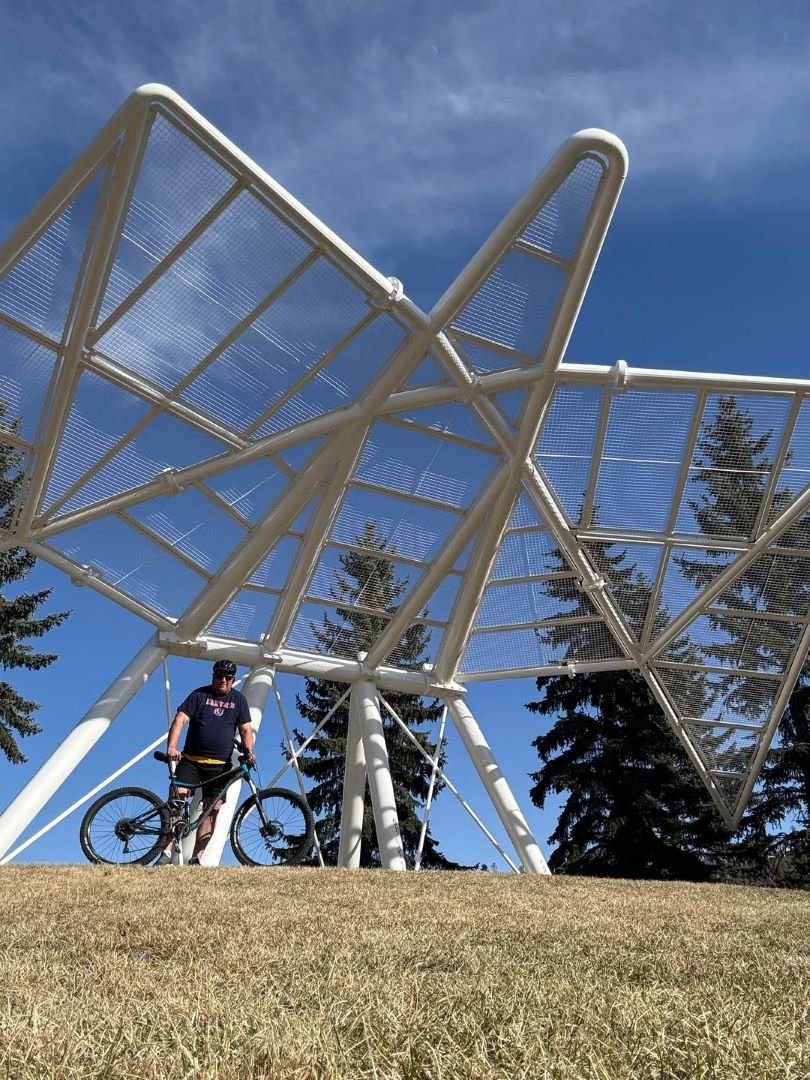Edmonton national urban park initiative seems to have disappeared
It has been 365+ days since the National Urban Park Initiative - Outcomes of the Pre-feasibility Phase report was discussed by City Council at its August 22, 2023 meeting. Council by a 10-3 vote passed a motion “That Administration proceed to the planning phase of the National Urban Park Initiative, pending endorsement by Parks Canada, as outlined in the July 12, 2023, Urban Planning and Economy report UPE01668.”
It has been 247+ days since a December 19, 2023 memo titled National Urban Park Update was sent to Council by Kim Petrin, Deputy City Manager, Urban Planning and Economy.
The Government of Alberta’s Bill 204: Municipal Government (National Urban Parks) Amendment Act, 2023 received Third Reading on April 8, 2024 and Royal Assent on May 16, 2024 thereby becoming the law of the land.
Other National Urban Park initiatives across Canada continue to be moving at pace while Edmonton appears to be at a standstill. It is well past time to give an update to the public about what progress has or has not been made. City Council, any information or update you could share would be much appreciated! Read Kim Petrin’s National Urban Park Update memo at https://www.edmontonrivervalley.org/projects
Bunchberry one of the only herbs in dogwood group, others being trees or shrubs
The slender stalks of Cornus canadensis or Bunchberry dogwood, a perennial woodland ground cover are topped by a whorl of oval, pointed leaves above which rises a white to greenish, dogwood blossom. Erect stems grow in extensive low patches, with 1 whorl of leaves at top and just above a cluster of tiny greenish flowers surrounded by 4 ovate white or pinkish bracts. The flower cluster resembles a single large flower held on a short stalk above leaves.
Among the smallest of a genus of mostly shrubs and trees, Bunchberry makes an excellent ground cover in the moist woodland garden and is equally attractive in flower or fruit. Its natural range extends from Greenland across northern North America to northeast Asia. This showy wildflower of northern forests is one of the only herbs in the dogwood group, the other members being trees or shrubs.
Late summer, dense clusters of small, red berries replace the flowers. Some enjoy these juicy fruits, with their crunchy little seeds, but others consider them mealy and tasteless. Bunchberries can be eaten as a trail nibble or added to puddings, preserves and sauces. https://www.wildflower.org/plants/result.php?id_plant=coca13
Guided walk with Talking Rock Tours on September 28
River Valley Alliance is hosting a guided walk with Talking Rock Tours on the weekend of Truth and Reconciliation. The walk will be on Saturday, September 28, 9:00 AM - 12:00 PM, begin and end at John Walter Museum. Tickets are $20.
Embark on a journey into Edmonton's past and hike to historic and sacred sites within Edmonton’s River Valley. Walk in the footsteps of Indigenous Peoples who have visited this sacred gathering place on Turtle Island for the last 10,000 years.
The walk will honour local First Nations, Métis, and early European ancestors of amiskwacîwâskahikan -Beaver Hills House, the Nehiyawak or Cree traditional territorial name for Edmonton, by observing tobacco protocol and participating in a smudge ceremony. Additionally, discover the extensive history of our region's fur trade, which spanned 112 years from 1795 to 1907. Register at https://rivervalley.ab.ca/events/guided-walk-with-talking-rock-tours/
New pedestrian and cyclist bridge will improve access to Whitemud Creek
Patrick writes “In the mid-1950’s, our family moved to Parkview, a spanking new suburb. Our new home was just a block from 142nd street. My sister Dee and I loved the ravines, river valley, and instant access to the farm areas just southwest of our new home. Dee and I were skiers. So, with 2 young friends, we trekked and skied south, and crossed the knobbly and uneven frozen river, to the Whitemud Ski Hill. Of course, we didn’t inconvenience Mum and Dad about our plans.”
Catching Neutrinos by Darci Mallon, Churchill Square, 2005 granite sculpture commemorates the centenary of the Edmonton Journal
https://www.edmontonarts.ca/public-art/catching-neutrinos
Comment or Contributions
Please note articles may not reflect the position of NSRVCS. River Valley News is meant to be a clearinghouse for the variety of opinions and ideas about Edmonton’s River Valley.
Email river valley photos, event information, comments, or questions to nsrivervalley@gmail.com
Forward this link to anyone you think may want to sign up for this newsletter https://www.edmontonrivervalley.org/newsletter-signup

















